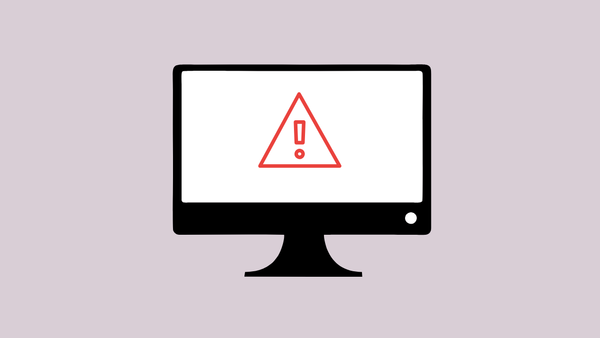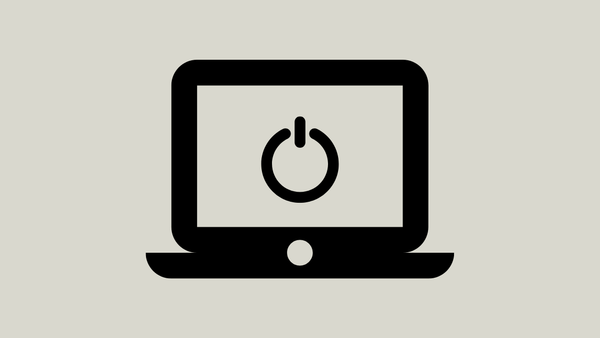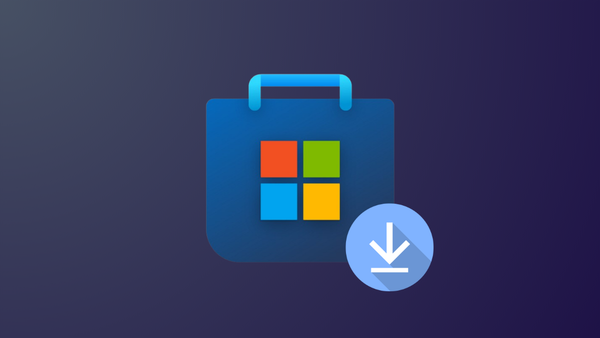Windows 11 offers a robust platform for gaming enthusiasts, but to truly harness its capabilities, it's essential to optimize your system. Without proper optimization, even high-end PCs can experience low FPS, lag, or crashes during gameplay. This guide provides comprehensive steps to enhance your Windows 11 gaming experience by tweaking built-in settings and features.
1. Choose High Performance Power Plan
For laptop users, selecting the 'High Performance' power plan can significantly boost gaming performance. This setting ensures your CPU and GPU operate at their maximum clock speeds, providing the resources needed for demanding games.
Step 1: Open the Start menu and type Control Panel in the search bar. Click on the 'Control Panel' app from the results.

Step 2: In the Control Panel, set the 'View by' option to 'Large icons' and select 'Power Options'.

Step 3: Choose the 'High performance' plan. If it's not visible, click on 'Show additional plans' to find it.

You can also switch between power plans using the Windows Mobility Center:
Step 4: Press the Windows key, type mobility center, and open 'Windows Mobility Center'.

Step 5: Under 'Battery Status', select 'High Performance' from the dropdown menu.

2. Turn On Game Mode
Windows 11's Game Mode optimizes your PC for gaming by allocating more system resources to your game and limiting background activities.
Step 1: Open the Start menu and click on 'Settings'.

Step 2: In the Settings app, select 'Gaming' from the left pane, then click on 'Game Mode'.

Step 3: Toggle the 'Game Mode' switch to the 'On' position.

3. Specify GPU Preference Per Game
Ensuring your games use the dedicated GPU instead of the integrated graphics can vastly improve performance.
Step 1: Open Windows Settings and select 'System'. Click on 'Display' on the right pane.

Step 2: Scroll down and click on 'Graphics' under the 'Related settings' section.

Step 3: Find your game in the list. If it's not listed, click on 'Browse' to locate the game's executable file.

Step 4: Click on the game, then select 'Options'.
Step 5: Choose 'High performance' to force the game to use your dedicated GPU, then click 'Save'.

4. Update Your Graphics Drivers
Outdated graphics drivers can hinder gaming performance. Keeping them updated ensures optimal compatibility and performance with the latest games.
Step 1: Identify your GPU model. Press Windows+R, type dxdiag, and press Enter to open the DirectX Diagnostic Tool.

Step 2: Navigate to the 'Display' tabs to find your GPU details.

Step 3: Visit your GPU manufacturer's website (e.g., NVIDIA, AMD, Intel) and download the latest drivers for your model.
For NVIDIA GPUs:
Step 4: Open 'NVIDIA GeForce Experience' from the system tray.

Step 5: Go to the 'DRIVERS' tab and click 'CHECK FOR UPDATES'.

Step 6: If updates are available, download and install them, then restart your computer.
5. Update Windows
Keeping Windows 11 updated ensures you receive the latest performance improvements and bug fixes that can enhance gaming.
Step 1: Open Windows Settings and select 'Windows Update' from the left pane.
Step 2: Click 'Check for updates'.

Step 3: Download and install any available updates. Restart your computer if prompted.

6. Perform Disk Cleanup
Freeing up disk space helps your system run more smoothly and reduces load times in games.
Step 1: Open Settings using Windows+I, select 'System', then choose 'Storage'.
Step 2: Let Windows analyze your storage. This may take some time.
Step 3: Click on 'Temporary files' or any category taking up significant space.
Step 4: Select the files you wish to delete by checking the boxes next to them.
Step 5: Click 'Remove files' to delete the selected items.
Step 6: Confirm the deletion by clicking 'Continue'.
7. Disable Unnecessary Background Apps and Services
Background apps can consume system resources, affecting gaming performance. Disabling them frees up resources for your games.
Step 1: Open Windows Settings, select 'Apps', then click on 'Startup'.

Step 2: Review the list of startup apps. Turn off the toggles for apps you don't need at startup.

Step 3: Restart your computer to apply the changes.
8. Turn on Hardware-Accelerated GPU Scheduling
Enabling hardware-accelerated GPU scheduling can reduce latency and improve performance in graphics-intensive applications.
Step 1: Open Windows Settings and select 'System'. Click on 'Display'.

Step 2: Scroll down and click on 'Graphics' under 'Related settings'.

Step 3: Expand 'Advanced graphics settings'. Toggle 'Hardware-accelerated GPU scheduling' to 'On'.

You can also enable 'Optimizations for windowed games' for additional performance improvements.
9. Adjust Windows Visual Effects
Reducing or disabling visual effects can free up system resources.
Step 1: Open the Start menu, type Adjust Performance, and select 'Adjust the appearance and performance of Windows'.

Step 2: In the 'Visual Effects' tab, select 'Adjust for best performance'.

Step 3: Switch to the 'Advanced' tab and ensure 'Adjust for best performance of' is set to 'Programs'. Click 'Apply' and then 'OK'.

10. Monitor and Manage System Temperatures
Overheating can cause system throttling, affecting performance. Regularly monitor temperatures to prevent overheating.
Step 1: Download a monitoring tool like Core Temp or HWMonitor.
Step 2: Install and run the tool to keep an eye on your CPU and GPU temperatures during gaming sessions.
11. Disable Notifications
Notifications can interrupt gameplay and cause crashes in full-screen games.
Step 1: Open Windows Settings and select 'System'. Click on 'Notifications'.

Step 2: Toggle the 'Notifications' switch to 'Off'.

12. Disable 'Record What Happened'
The 'Record what happened' feature can consume resources by running in the background.
Step 1: Open Settings and go to 'Gaming', then select 'Captures'.

Step 2: Turn off the 'Record what happened' toggle.

13. Perform Disk Defragmentation
Defragmenting your hard drive can improve loading times and system responsiveness.
Note: This applies to HDDs. Do not defragment SSDs.
Step 1: Open the Start menu, type Defragment, and select 'Defragment and Optimize Drives'.
Step 2: Select your HDD and click 'Optimize'.
By following these steps, you can optimize your Windows 11 system for a smoother and more enjoyable gaming experience.











Member discussion